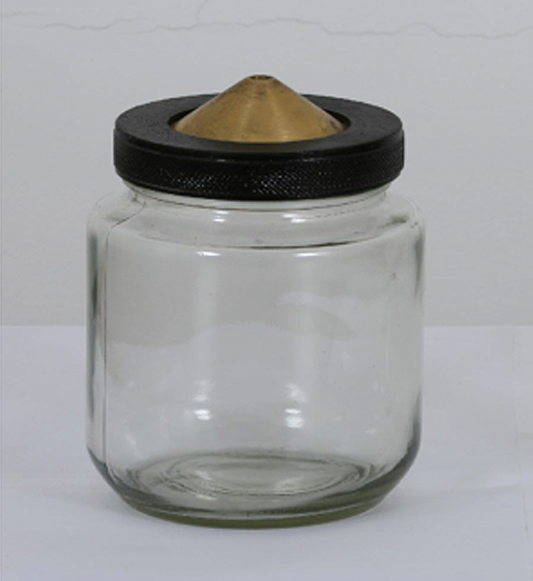TESTS ON aggregate
Water Absorption (Fine Aggregate)
Code: This test is done as per IS: 2386 (part 3): 1963.
Procedure:
- i) A sample of about 1 kg for 10 mm to 4-75 mm or 500 g if finer than 4.75 mm, shall be placed in the tray and covered with distilled water at a temperature of 22 to 32°C. Soon after immersion, air entrapped in or bubbles on the surface of the aggregate shall be removed by gentle agitation with a rod. The sample shall remain immersed for 24 +/- 0.5 hours.

- ii) The water shall then be carefully drained from the sample, by decantation through a filter paper, any material retained being return to the sample. The aggregate including any solid matter retained on the filter paper shall be exposed to a gentle current of warm air to evaporate surface moisture and shall be stirred at frequent intervals to ensure uniform drying until no free surface moisture can be seen and the material just attains a ‘ free-running ’ condition. Care shall be taken to ensure that this stage is not passed. The saturated and surface-dry sample shall be weighed ( weight A ).
- iii) The aggregate shall then be placed in the pycnometer which shall be filled with distilled water. Any trapped air shall be eliminated by rotating the pycnometer on its side, the hole in the apex of the cone being covered with a finger. The pycnometer shall be topped up with distilled water to remove any froth from the surface and so that the surface of the water in the hole is flat. The pycnometer shall be dried on the outside and weighed (weight B ).
- iv) The contents of the pycnometer shall be emptied into the tray, care being taken to ensure that all the aggregate is transferred. The pycnometer shall be refilled with distilled water to the same level as before, dried on the outside and weighed (weight C).
- v) The difference in the temperature of the water in the pycnometer during the first and second weighing’s shall not exceed 2°C.
- vi) The water shall then be carefully drained from the sample by decantation through a filter paper and any material retained returned to the sample. The sample shall be placed in the oven in the tray at a temperature of 100 to 110°C for 24±0.5 hours, during which period it shall be stirred occasionally to facilitate drying. It shall be cooled in the air-tight container and weighed (weight D ).
Uses:
To determine the water absorption of fine aggregate.

